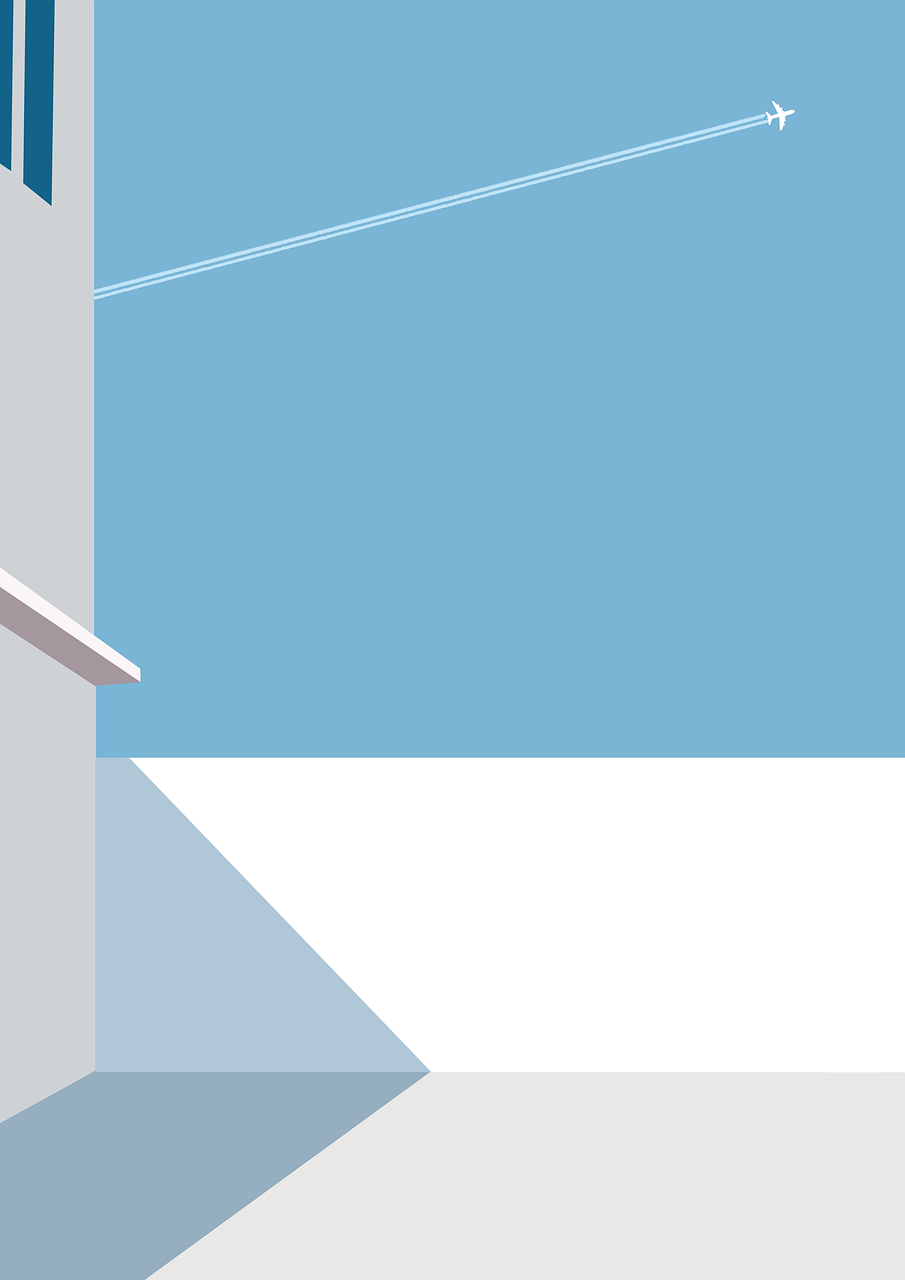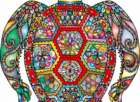Scandinavian Design: En djupdykning i en ikonisk designstil

Introduction:
Scandinavian design is a renowned design style that has gained international recognition for its simplicity, minimalism, and functionality. Originating from the Scandinavian countries of Sweden, Norway, Denmark, Finland, and Iceland, this design movement has left an indelible mark on the world of design. In this article, we will provide an extensive overview of Scandinavian design, exploring its key characteristics, popular types, quantitative measurements, distinctions between different variations, and a historical analysis of its pros and cons.
En övergripande, grundlig översikt över ”scandinavian design”

Scandinavian design can be traced back to the early 20th century when Nordic designers began challenging the prevailing ornate and decorative design styles of the time. Instead, they embraced simplicity, functionality, and clean lines, inspired by the region’s natural landscapes and the need to create practical, accessible designs for everyday life. This approach has given Scandinavian design a timeless appeal and made it a global phenomenon.
En omfattande presentation av ”scandinavian design”
Scandinavian design encompasses a wide range of products and disciplines, including furniture, architecture, fashion, textiles, and home decor. It is characterized by its minimalistic forms, muted color palettes, and a focus on high-quality craftsmanship. Some of the most popular types of Scandinavian design include:
1. Furniture: Scandinavian furniture design is renowned for its sleek, functional, and ergonomic designs. Iconic pieces like the Arne Jacobsen Egg Chair and the Hans Wegner Wishbone Chair have become staples in modern interior design.
2. Textiles: Scandinavian textiles often feature simple, geometric patterns and natural materials like wool and linen. Brands like Marimekko and Svenskt Tenn are known for their bold and colorful designs that add a touch of vibrancy to any space.
3. Lighting: Scandinavian lighting designs emphasize the importance of creating a cozy and inviting atmosphere. The iconic PH lamps by Poul Henningsen and the Caravaggio pendants by Cecilie Manz are perfect examples of this approach.
Kvantitativa mätningar om ”scandinavian design”
Quantitative measurements provide valuable insights into the popularity and impact of Scandinavian design. According to a recent study, Scandinavian design accounts for a significant portion of the global design market, with an estimated value of $11 billion. This reflects the immense popularity of Scandinavian design across various industries and its influence on contemporary design trends worldwide.
En diskussion om hur olika ”scandinavian design” skiljer sig från varandra
While Scandinavian design is often seen as a cohesive style, it’s important to note that there are variations within the Scandinavian countries themselves. For example, Danish design tends to focus on simplicity, functionality, and organic forms, whereas Swedish design leans towards the use of natural materials and traditional craftsmanship. Norwegian design often incorporates playful elements and bold colors, while Finnish design embraces simplicity and minimalism.
These subtle differences in design philosophies contribute to the diverse range of Scandinavian design aesthetics. However, all variations share a common thread of prioritizing functionality, clean lines, and high-quality craftsmanship.
En historisk genomgång av för- och nackdelar med olika ”scandinavian design”
Scandinavian design has its share of advantages and disadvantages. One of the main advantages is its timeless appeal and versatility. The clean lines, functional designs, and muted color palettes make Scandinavian design adaptable to various interior styles and trends. Additionally, the emphasis on quality craftsmanship ensures that Scandinavian designs are built to last, promoting sustainability and durability.
However, one potential drawback of Scandinavian design is that it can sometimes be perceived as too minimalistic, lacking in ornamentation and decorative elements. This simplicity may not appeal to those who prefer more opulent and intricate designs. Additionally, authentic Scandinavian design can be expensive due to the high-quality materials and craftsmanship involved, making it a luxury for some individuals.
Conclusion:
Scandinavian design continues to captivate audiences worldwide with its timeless appeal and emphasis on simplicity and functionality. Its influence can be seen in various design disciplines, from furniture to fashion, and its enduring popularity showcases its relevance in today’s design landscape. By embracing Scandinavian design principles, individuals can create harmonious, functional spaces that stand the test of time.
(Här kan du skriva din videobeskrivning eller hänvisa till platsen där videon kan infogas.)











